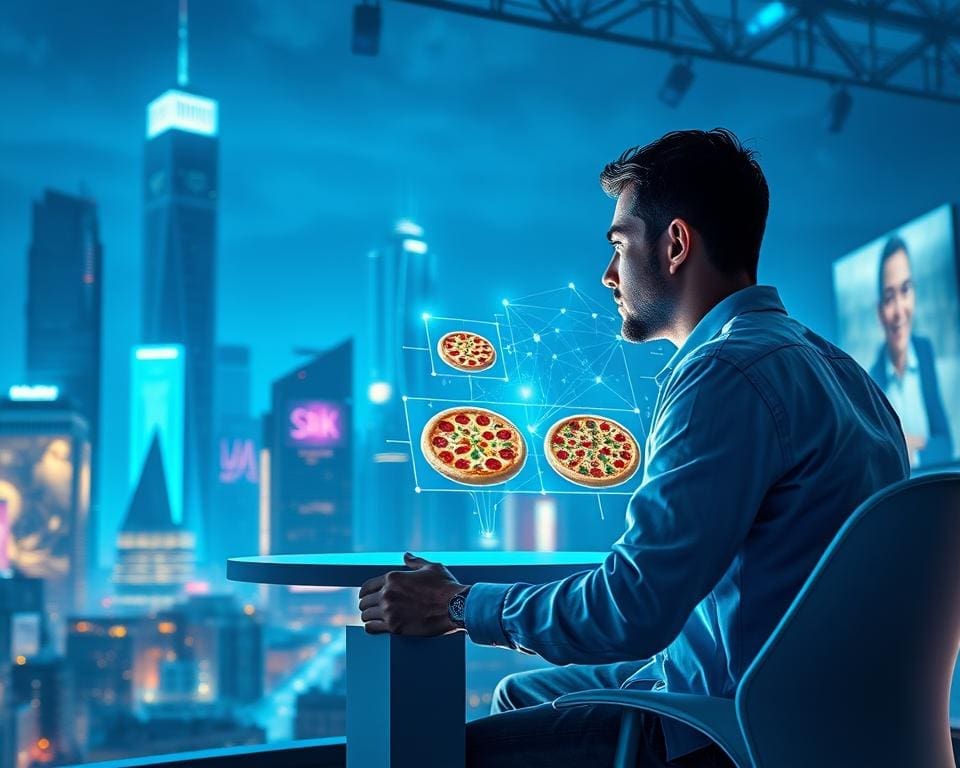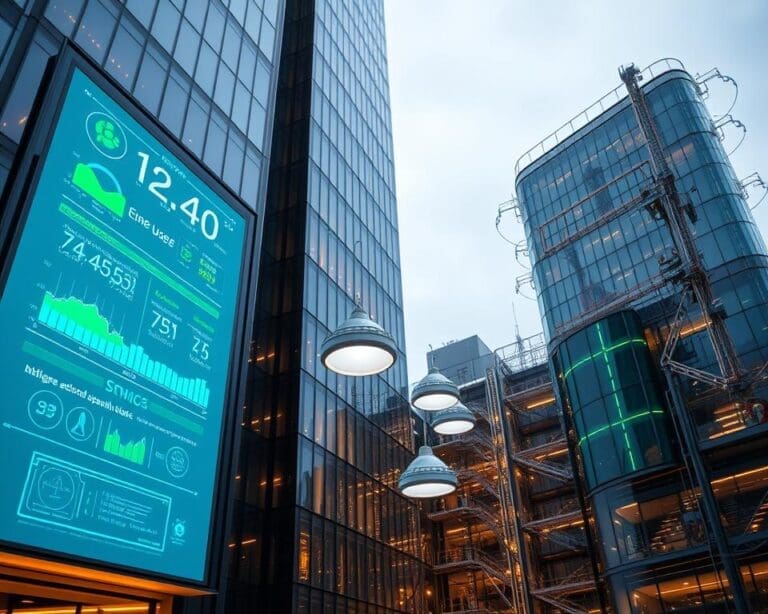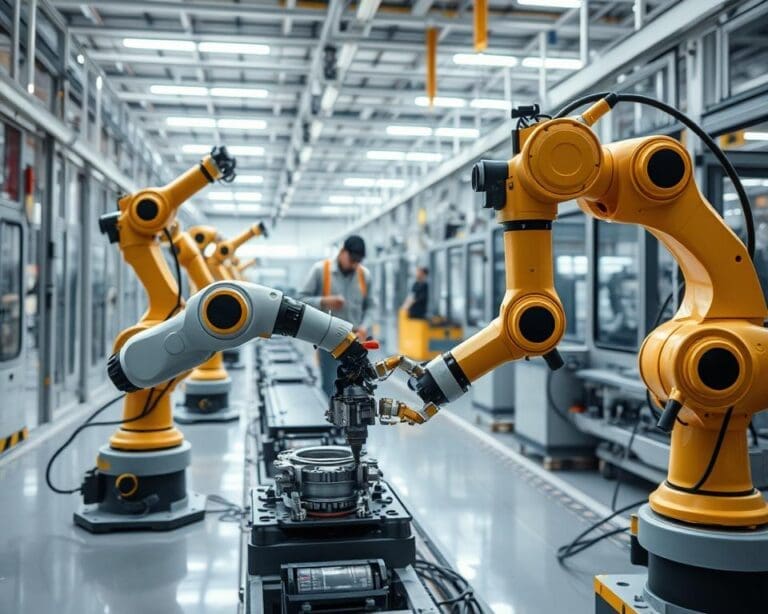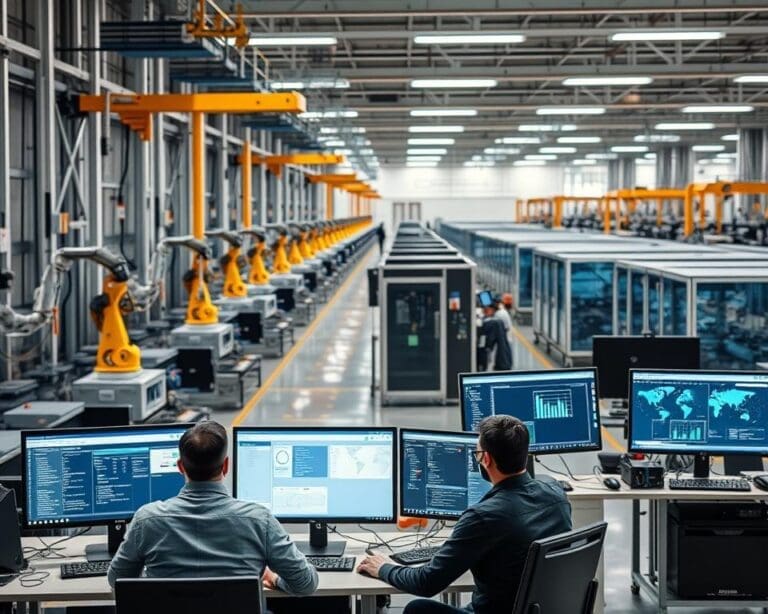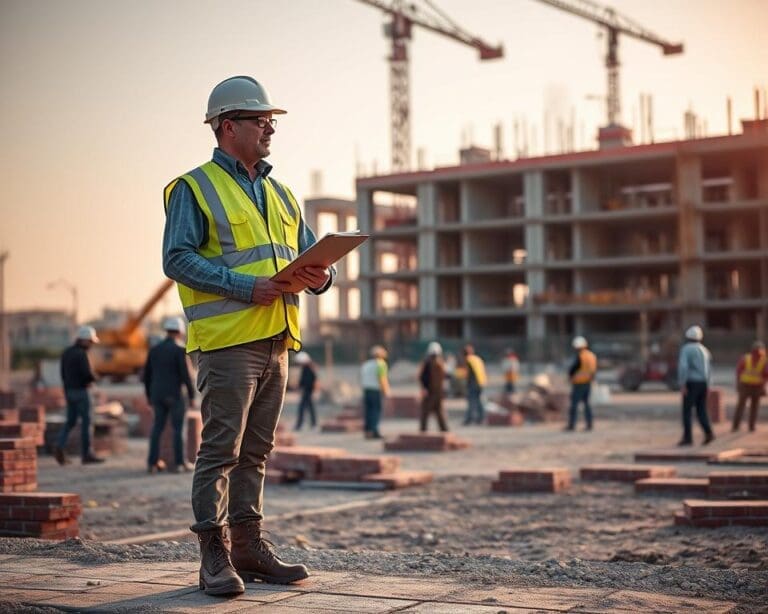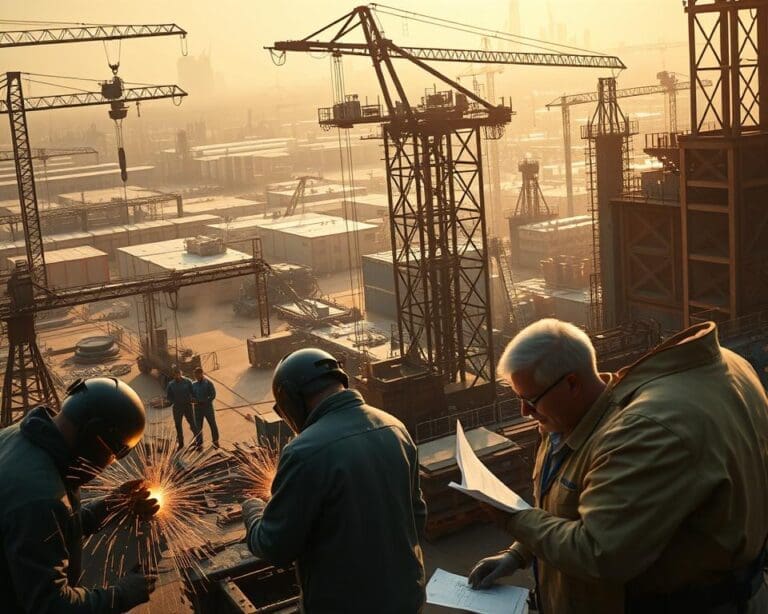In an era where technology intricately weaves into our daily lives, the question arises: can machine learning predict your next pizza order? This question is not merely a curiosity; it reflects the groundbreaking potential of artificial intelligence and food ordering. By analysing vast datasets, these innovative systems identify patterns in customer preferences, enabling tailored and timely pizza delivery predictions. As the restaurant sector embraces these advancements, the possibilities for enhancing the overall food ordering experience grow remarkably, leading to more informed and efficient decision-making.
The Rise of Machine Learning in Food Delivery
The integration of machine learning into food delivery services has sparked a transformation in how restaurants operate. These technologies combine the power of artificial intelligence and food ordering, reshaping customer experiences and operational efficiencies. Understanding the various machine learning technologies is crucial to grasping their impact.
Understanding Machine Learning Technologies
Machine learning involves algorithms that allow systems to learn from data. Two main categories are supervised and unsupervised learning. Supervised learning relies on labelled data, training algorithms to make predictions based on prior examples. In contrast, unsupervised learning discovers patterns without labelled inputs. Such diverse approaches underpin the machine learning algorithms for predicting food orders, enabling restaurants to meet customer demands effectively.
How Machine Learning Improves Efficiency in Restaurants
Restaurants are witnessing remarkable improvements in efficiency due to the adoption of machine learning technologies. With the help of data analytics, establishments can:
- Optimise workforce deployment by predicting peak times, ensuring the right number of staff is present.
- Enhance inventory management through better demand forecasting, reducing waste and costs.
- Diversify menus based on customer preferences, tailoring offerings that attract and retain patrons.
These innovations drive not only profitability but also customer satisfaction, solidifying a competitive advantage in the fast-paced food industry.

Can machine learning predict your next pizza order?
The integration of predictive analytics for restaurant orders marks a pivotal advancement in the food industry. By harnessing the power of machine learning, restaurants can finely tune their ability to anticipate customer preferences. This capability opens avenues for enhancing the dining experience, allowing establishments to better cater to their patrons’ desires.
The Importance of Predictive Analytics in Modern Ordering
Understanding customer behaviour is essential when considering if machine learning can predict your next pizza order. By collecting and analysing data on previous orders and individual preferences, restaurants gain valuable insights that inform their offerings. Predictive models leverage this data to create personalised suggestions that resonate with customers, fostering loyalty and increasing the likelihood of repeat business.
Benefits of utilising predictive analytics include:
- Enhanced customer satisfaction through tailored recommendations
- Increased efficiency in inventory management, reducing waste
- Improved marketing strategies, focusing efforts on what customers truly desire
The future of pizza ordering looks bright, with predictive analytics leading the way. As restaurants adopt these advanced techniques, they not only strengthen their connection with customers but also create a dining experience that reflects individual tastes and preferences.
Machine Learning Algorithms for Predicting Food Orders
As the food industry embraces technology, machine learning algorithms for predicting food orders become essential tools. These algorithms empower restaurants to forecast consumer preferences with remarkable accuracy, allowing for a more tailored dining experience.
Popular Algorithms Used in the Food Industry
Various machine learning models have emerged as favourites in the food sector. Among them, decision trees provide clear, visual structures for understanding how different factors influence order choices. Neural networks, on the other hand, mimic human brain functions, enabling complex analyses of vast datasets that reveal subtle patterns in customer behaviour. Collaborative filtering recommends items based on the preferences of similar customers, thereby enhancing personalised offerings. Each of these algorithms contributes uniquely to the ability to predict food orders effectively.
How Algorithms Analyse Customer Behaviour
Understanding how algorithms analyse customer behaviour plays a crucial role in refining ordering systems. By collecting data on individual preferences and tracking the frequency of orders, these algorithms generate insights that drive menu recommendations. They capture trends, such as time-of-day preferences or occasions when certain foods are popular, facilitating more accurate predictions. As a result, restaurants can engage with their customers in a meaningful way, creating a more satisfying dining experience tailored to unique tastes.
Personalised Food Recommendations Using Machine Learning
In today’s competitive food delivery landscape, creating a memorable experience for customers hinges on personalised food recommendations using machine learning. This approach enables restaurants to go beyond basic menus and offer tailored selections that resonate with individual tastes. By employing advanced data analytics, businesses can craft experiences that lead to higher customer satisfaction and loyalty.
Creating Tailored Experiences for Customers
With the power of machine learning models for predicting food preferences, restaurants can gather insights from past orders, feedback, and individual preferences. This data informs the creation of personalised menus that align closely with what customers truly desire. Imagine logging into your favourite pizza delivery app and being greeted with suggestions uniquely catered to your taste buds. The automation of this process not only simplifies the decision-making for diners but also cultivates a deeper connection between the customer and the brand.
Benefits of Personalised Recommendations in Pizza Ordering
The advantages of implementing personalised food recommendations using machine learning are profound. Increased customer loyalty emerges as diners consistently receive options that appeal to them, encouraging repeat business. Furthermore, higher transaction values often accompany tailored suggestions, as personalised recommendations can lead customers to try new items that they might not have considered otherwise. In an industry hungry for innovation, leveraging data analytics not only enhances dining experiences but also positions businesses for enhanced growth.
Food Delivery Optimisation with Machine Learning
In an era where efficiency and speed are paramount, food delivery optimisation with machine learning offers transformative solutions for the food industry. By harnessing sophisticated algorithms, restaurants can streamline their operations to provide quicker and more reliable service.
Streamlining Operations for Faster Delivery
Operational efficiency is critical for any successful food delivery service. Machine learning enables restaurants to analyse vast amounts of data to optimise delivery routes and predict delivery times with greater accuracy. This leads to reduced wait times and improved time management. For instance, by identifying peak demand periods and adjusting staffing levels accordingly, businesses can ensure that deliveries are executed swiftly.
Improving Customer Satisfaction through Data Insights
Collecting and analysing customer feedback plays a crucial role in enhancing the overall experience. By focusing on improving customer satisfaction through data insights, restaurants can respond to trends and preferences, tailoring their services to meet customer expectations. Regular monitoring of delivery performance and customer responses ensures continuous improvement in service quality. This proactive approach not only boosts satisfaction but also encourages repeat business, creating a loyal customer base.
Next Purchase Prediction for Food Delivery Services
The landscape of food delivery is rapidly evolving, with businesses constantly seeking innovative strategies to enhance customer satisfaction and operational efficiency. One pivotal approach involves the next purchase prediction for food delivery services, enabling companies to utilise customer data effectively. By harnessing insights from previous orders, these services can not only streamline inventory management but also improve marketing strategies significantly.
Utilising Customer Data to Anticipate Orders
Advanced technologies permit an analysis of customer purchase history, revealing patterns and preferences. This data-driven methodology allows businesses to predict the next order with remarkable accuracy. Can machine learning predict your next pizza order? By leveraging algorithms that analyse prior purchasing behaviours, food delivery services can anticipate what customers may want next. This foresight enhances the overall service experience, ensuring customers receive timely recommendations tailored to their tastes.
Enhancing Marketing Strategies with Predictive Modelling
Effective marketing hinges on understanding customer needs. Predictive modelling offers a compelling framework for tailoring promotional efforts directly to consumer preferences. Through the next purchase prediction for food delivery services, businesses can craft targeted campaigns that resonate with their clients. Successful examples demonstrate how companies utilise these strategies to drive engagement, increase sales, and foster loyalty. The ability to anticipate customer cravings not only fosters a proactive approach but also positions businesses to remain competitive in a crowded market.
The Future of Pizza Ordering: Innovations Ahead
The landscape of pizza ordering is poised for transformation, driven by advancements in machine learning and future of pizza ordering paradigms. As technology evolves, we can expect the emergence of enhanced AI-driven chatbots that will redefine customer service, providing instant responses to queries and personalised recommendations tailored to individual preferences. This seamless interaction not only improves customer satisfaction but also fosters loyalty, paving the way for a more engaging user experience.
Moreover, innovations in food delivery technology, such as blockchain, are set to create unprecedented levels of traceability and transparency within the supply chain. Customers will soon enjoy the ability to track their ingredients from farm to table, ensuring the freshness and quality of their pizza. This level of transparency will no doubt enhance trust and reliability, key components in today’s competitive market.
Advanced analytics will also play a pivotal role in real-time data collection, allowing businesses to fine-tune their operations and offerings dynamically. By utilising machine learning to analyse customer behaviour patterns, pizzerias can anticipate demands more accurately and streamline their inventory management. As these technological advancements continue to unfold, the future holds exciting promise for improved operational workflows and enriched customer engagement in the pizza delivery industry.

